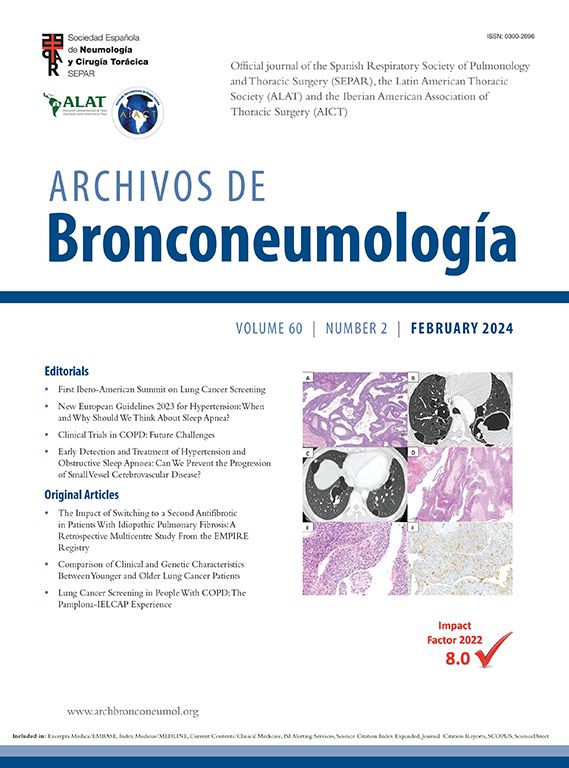Perfil farmacológico del roflumilast
Abstract
Roflumilast (3-cyclopropylmethoxy-4-difluoromethoxy-n-(3,5-dichloropyrid-4-yl)benzamide) was the first agent of a novel pharmacological class, selective phosphodiesterase 4 (PDE4) inhibitors, approved for the use of chronic obstructive pulmonary disease (COPD). The molecular mechanism of action of roflumilast is inhibition of the PDE4 isoenzyme with a consequent increase of cyclic adenosine monophosphate. Roflumilast evidently has several pharmacological effects: antiinflammatory, anti-emphysema, and antibiotic actions. This drug also inhibits pulmonary hypertension and reduces mucus hypersecretion. The pharmacological actions leading to these effects are: a) inhibition of reactive oxygen species formation in epithelial cells, neutrophils and smooth muscle cells; b) inhibition of smooth muscle cell proliferation in the pulmonary artery, endothelial cells and probably some inflammatory cells causing pulmonary vascular remodeling; c) inhibition of fibroblasts, with a consequent reduction in pulmonary remodeling and, finally, d) inhibition of mucus production and improved ciliary beat frequency. In summary, roflumilast is the first non-steroidal anti-inflammatory drug that can be used in the treatment of COPD.





